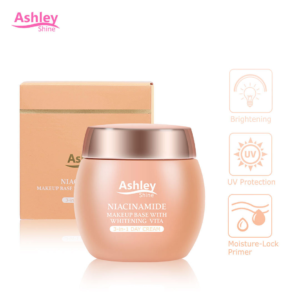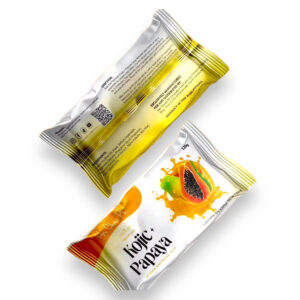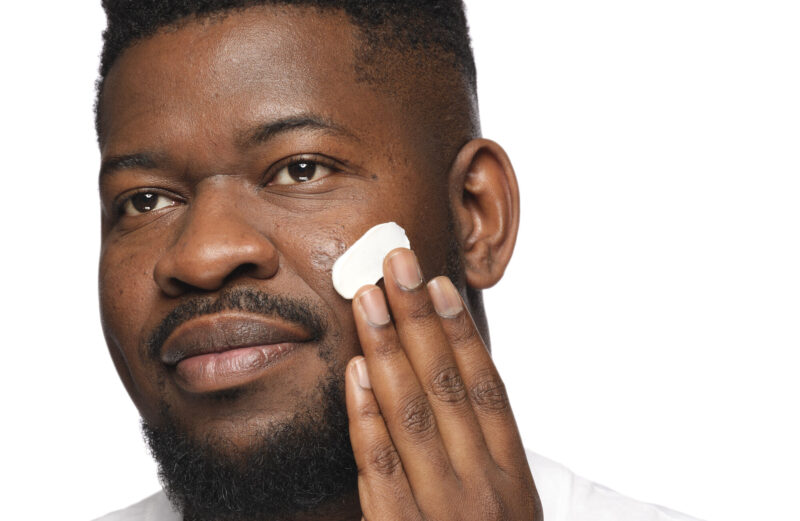Table of Contents
The Role of Genetics in Dark Spot Formation
Dark spots, also known as melasma or chloasma, are a common skin condition characterized by the appearance of discolored patches on the skin. While genetics play a significant role in the formation of dark spots, environmental factors and lifestyle choices also contribute to their development. In this article, we will explore the role of genetics in dark spot formation and provide practical tips on what you can do to prevent and manage this condition.
Genetic Predisposition
Genetics play a significant role in dark spot formation, and people with a family history of melasma are more likely to develop the condition. Research has identified several genes that are associated with melasma, including genes involved in pigmentation, melanin production, and skin elasticity. For example, a study published in the Journal of Investigative Dermatology found that a genetic variant in the MC1R gene, which codes for the melanocortin 1 receptor, was significantly associated with an increased risk of developing melasma. This gene plays a critical role in melanin production and is responsible for regulating skin pigmentation.
Genetic Factors that Contribute to Dark Spot Formation
Several genetic factors can contribute to the development of dark spots, including:
A family history of melasma: As mentioned earlier, people with a family history of melasma are more likely to develop the condition.
Genetic variations in pigmentation genes: Variations in genes involved in pigmentation, such as the TYR and OCA2 genes, can increase the risk of developing melasma.
Genetic variations in skin elasticity genes: Genetic variations in genes involved in skin elasticity, such as the COL5A1 gene, can also increase the risk of developing melasma.
Genetic predisposition to hyperpigmentation: Some people may have a genetic predisposition to develop hyperpigmentation, which can increase the risk of developing dark spots.
What You Can Do to Prevent and Manage Dark Spots
While genetics play a significant role in dark spot formation, there are several steps you can take to prevent and manage the condition. Here are some practical tips:
Use a broad-spectrum sunscreen: Sunscreen can help protect your skin from UV rays, which can exacerbate dark spots. Look for a sunscreen with an SPF of at least 30 and apply it regularly.
Wear protective clothing: Wearing protective clothing, such as a wide-brimmed hat and long-sleeved shirt, can help protect your skin from the sun.
Avoid hormonal treatments: Hormonal treatments, such as birth control pills, can increase the production of melanin and contribute to the development of dark spots. If you experience dark spots while taking hormonal treatments, consult with your doctor about alternative options.
Use a retinoid cream: Retinoid creams can help reduce the appearance of dark spots by increasing cell turnover and promoting the production of collagen.
Exfoliate regularly: Exfoliating regularly can help remove dead skin cells and promote the production of collagen, which can help reduce the appearance of dark spots.
Consider professional treatments: There are several professional treatments available that can help reduce the appearance of dark spots, including chemical peels, microdermabrasion, and laser therapy.
Conclusion
Dark spots, also known as melasma or chloasma, are a common skin condition characterized by the appearance of discolored patches on the skin. While genetics play a significant role in dark spot formation, environmental factors and lifestyle choices also contribute to their development. By understanding the role of genetics in dark spot formation and taking practical steps to prevent and manage the condition, you can reduce the appearance of dark spots and promote healthy, glowing skin.
Recommended Products
-
Product on sale
 Arbutin 3X Skin Whitening Collagen Body Cream 250gOriginal price was: KD8.000.KD7.000Current price is: KD7.000.
Arbutin 3X Skin Whitening Collagen Body Cream 250gOriginal price was: KD8.000.KD7.000Current price is: KD7.000. -
 Gmeelan Orange Enzymes Exfoliating Brightening Gel – 50gKD4.500
Gmeelan Orange Enzymes Exfoliating Brightening Gel – 50gKD4.500 -
 Zero Spot Lotion 60ml | Clear & Even SkinKD5.000
Zero Spot Lotion 60ml | Clear & Even SkinKD5.000 -
Product on sale
 You Glow Babe Beauty White REJUV SETOriginal price was: KD8.000.KD6.000Current price is: KD6.000.
You Glow Babe Beauty White REJUV SETOriginal price was: KD8.000.KD6.000Current price is: KD6.000. -
 Prestige Kagayaku Bleaching Soap 75gKD2.000
Prestige Kagayaku Bleaching Soap 75gKD2.000 -
 Ashley Shine Niacinamide Whitening 3 in 1 Day Cream – 50gKD4.000
Ashley Shine Niacinamide Whitening 3 in 1 Day Cream – 50gKD4.000 -
 Her Choice Kojic Papaya Soap 120gKD2.500
Her Choice Kojic Papaya Soap 120gKD2.500 -
 Anua Peach 70 Niacin Serum 30mlKD8.000
Anua Peach 70 Niacin Serum 30mlKD8.000 -
 RDL Kalamansi Whitening Soap – 135gKD1.250
RDL Kalamansi Whitening Soap – 135gKD1.250




